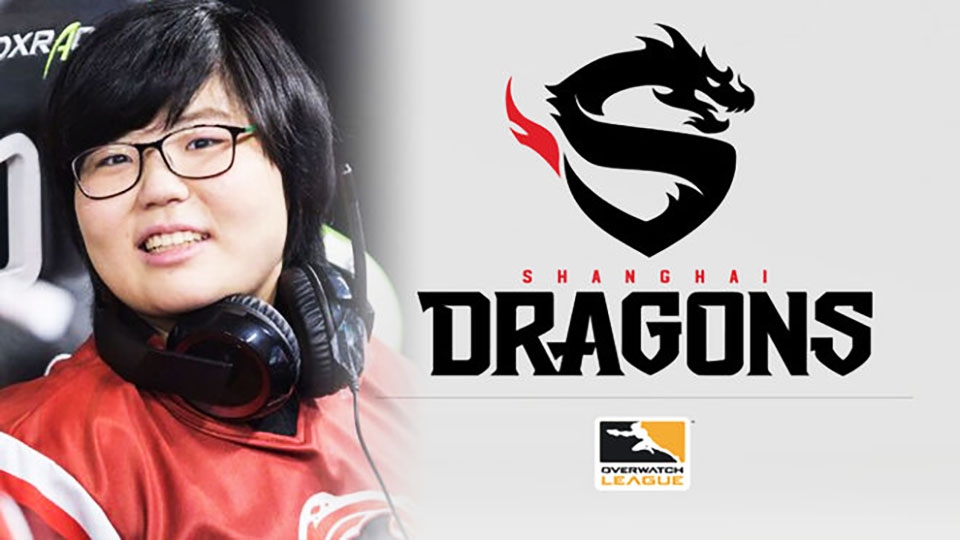
by Zoe Stratos | opinions editor
March 17, 2022
Pixar’s newest film “Turning Red” was turning heads on release with representations about menstrual cycles, teenage girls and middle school crushes. It caused a huge stir in Disney and Pixar fans, receiving both immensely positive and negative reviews, but ultimately, “Turning Red” is a spearhead in what young female representation should look like in modern film.
The animated feature, set in early-2000s Toronto, paints the perfect (or the not-so-perfect) picture of what it’s like to go through puberty. But the film has an unorthodox approach to discussing the process: Meilin Lee, played by Rosalie Chiang, wakes up to discover that when her emotions run high, she’ll turn into a giant red panda.
As her emotions go wild, Mei finds herself becoming more rebellious as the film progresses. Instead of constantly studying, cleaning and pleasing her mother, she starts sneaking out and raising money to buy tickets for the boyband 4*Town’s concert — along with the help of her loyal and eccentric friends.
Many were up in arms about the film’s subject matter, as well as the “limited” audience it catered to, but in reality, it’s no different from past Pixar films and their grown-up metaphors. “Wall-E” warns us of overconsumption, “Soul” presents reflection on the meaning of life, “Coco” emphasizes the importance of family. Plus, all of these films focus on different races and ethnicities (and robots).
Where “Turning Red” differs from the rest is its hyperfocus on teenage girls, who are often ignored in the Pixar studios. Moreover, 20 of the previous 24 films have featured a male protagonist.
Often in society, puberty is treated as somewhat of a taboo subject, when in reality, everyone goes through it — boy or girl. But especially for girls, they’re told throughout their teenage years to hide their crushes, abide to school dress code rules, act like a lady, etc. — but “boys will be boys.” The animated film is upfront about the taboos, and can be a huge help for young girls entering into these stages themselves.
It shows that girls can do all the fun things boys can do, even if it makes your parents angry. It also highlights the special friendships made during these pivotal years, and a “girls support girls” attitude.
Feminine puberty-centered films are few and far between, save for a few starring Macaulay Culkin, or some set of actors at age 25 playing a 17-year-old. And even these, most of the time, aren’t quite age appropriate for young boys and girls stepping into adulthood.
“Turning Red” is much more lighthearted, and tackles both puberty and feeling alienated from your parents in an almost comforting and fun way. It teaches young girls that they’re allowed to have their own personality and independence, and to be confident in their growth — even as a giant smelly red panda.
On top of that, Domee Shi is the first woman to solely direct a Pixar movie, and “Turning Red” also features the first all-women leadership team. If Mei’s exuberance of confidence wasn’t enough, the women behind the scenes are just as much of an inspiration and representation for women in the film industry.
The Celluloid Ceiling report for 2021 tracked women’s behind-the-scenes employment on top grossing and watched-at-home films. After two years of increases in the percentage of women working as directors, their numbers declined in 2021. Women comprised 17% of directors working on the top 250 grossing films in 2021, down from 18% in 2020.
Over 80% of films in 2021 were piloted by men, and women accounted for 25% of those working in key behind-the-scenes roles (directors, writers, executive producers, producers, editors and cinematographers) in 2021, up from 23% in 2020.
“Turning Red” is a model example of feminine power in film. The all-women team created a successful, one-of-a-kind animated feature that also starred a female protagonist. At the same time, they’re taking charge as a gateway for future women filmmakers.
Anyone who watches the film can latch onto something from it, whether it’s family values, friendship values, the struggles of puberty or even representation of the Chinese culture. It’s fun enough for young kids to enjoy, and mature enough for teenagers and adults to take a lesson or two from.
Young women should be seen as confident, and having that representation in film is key, whether on the silver screen, or working behind it.


